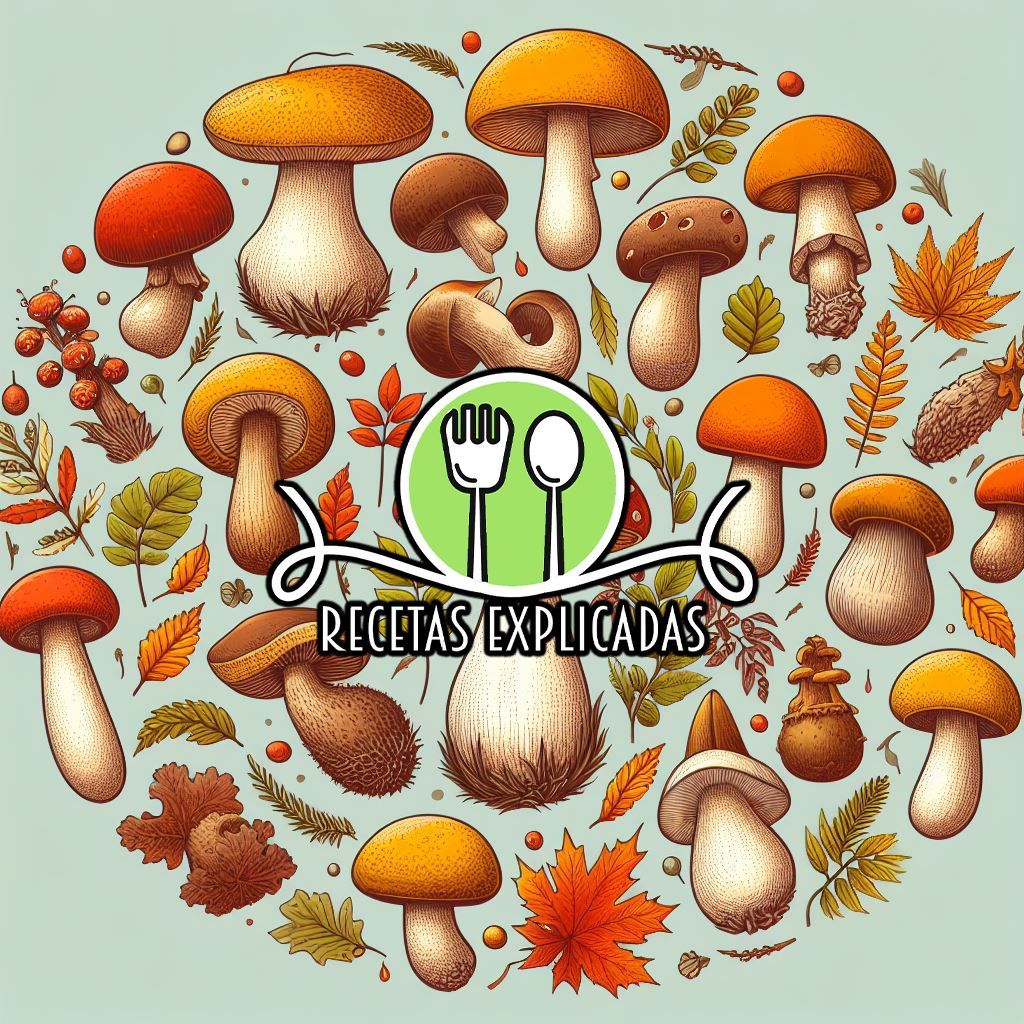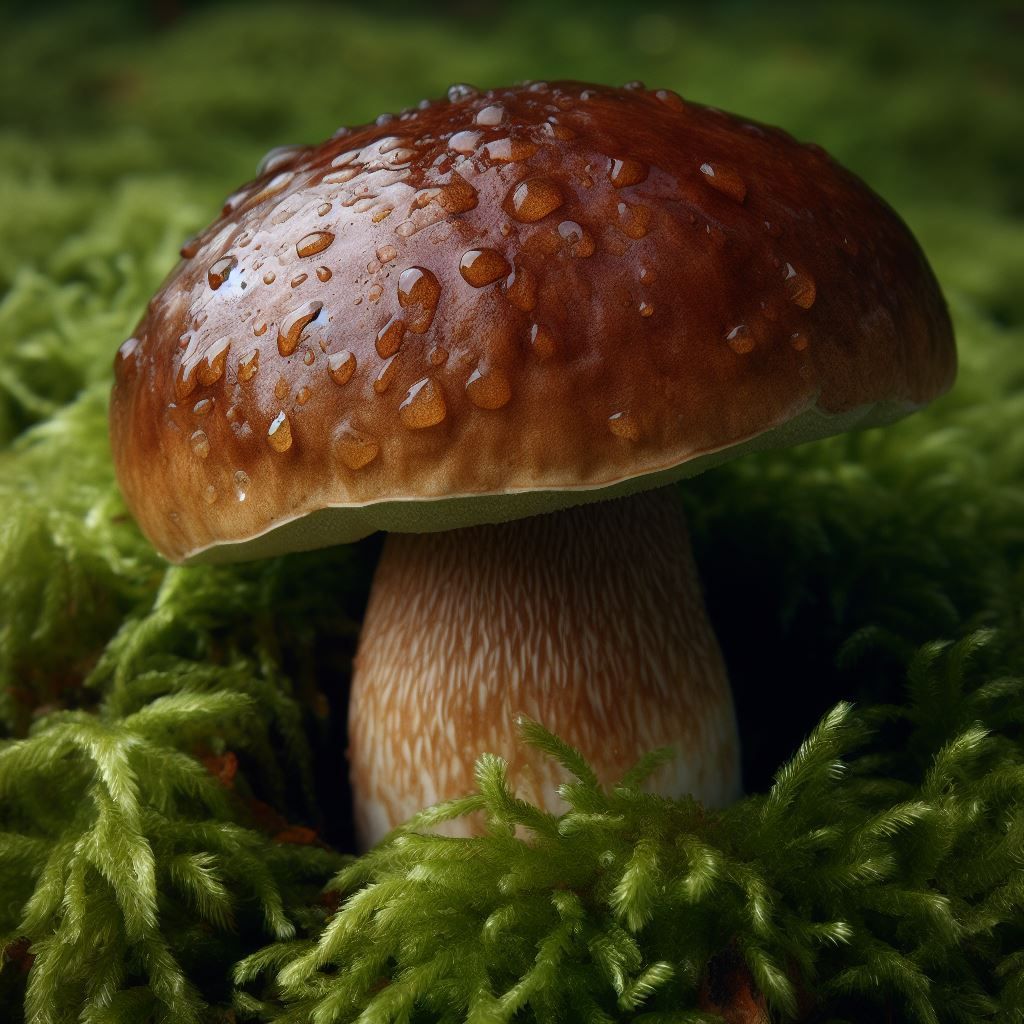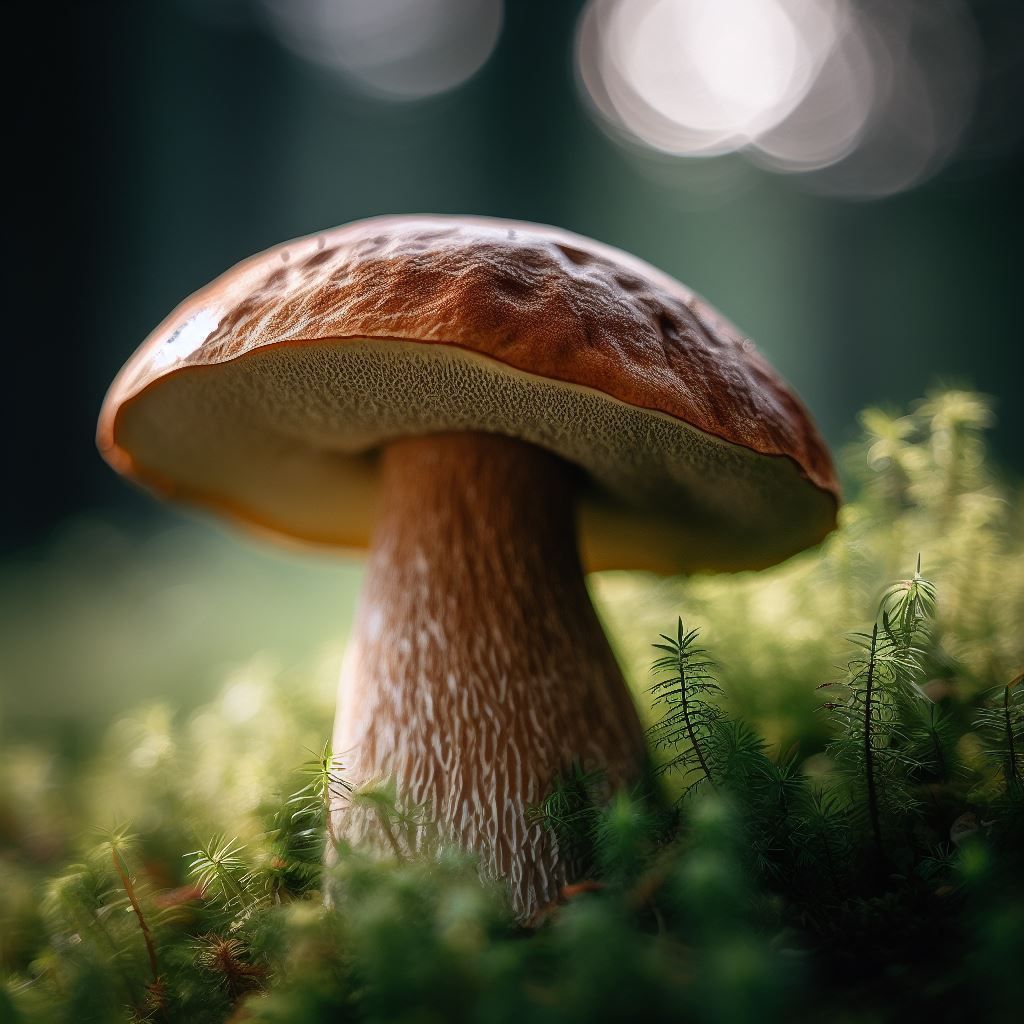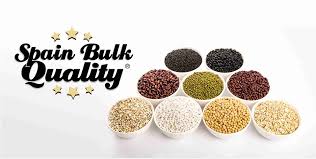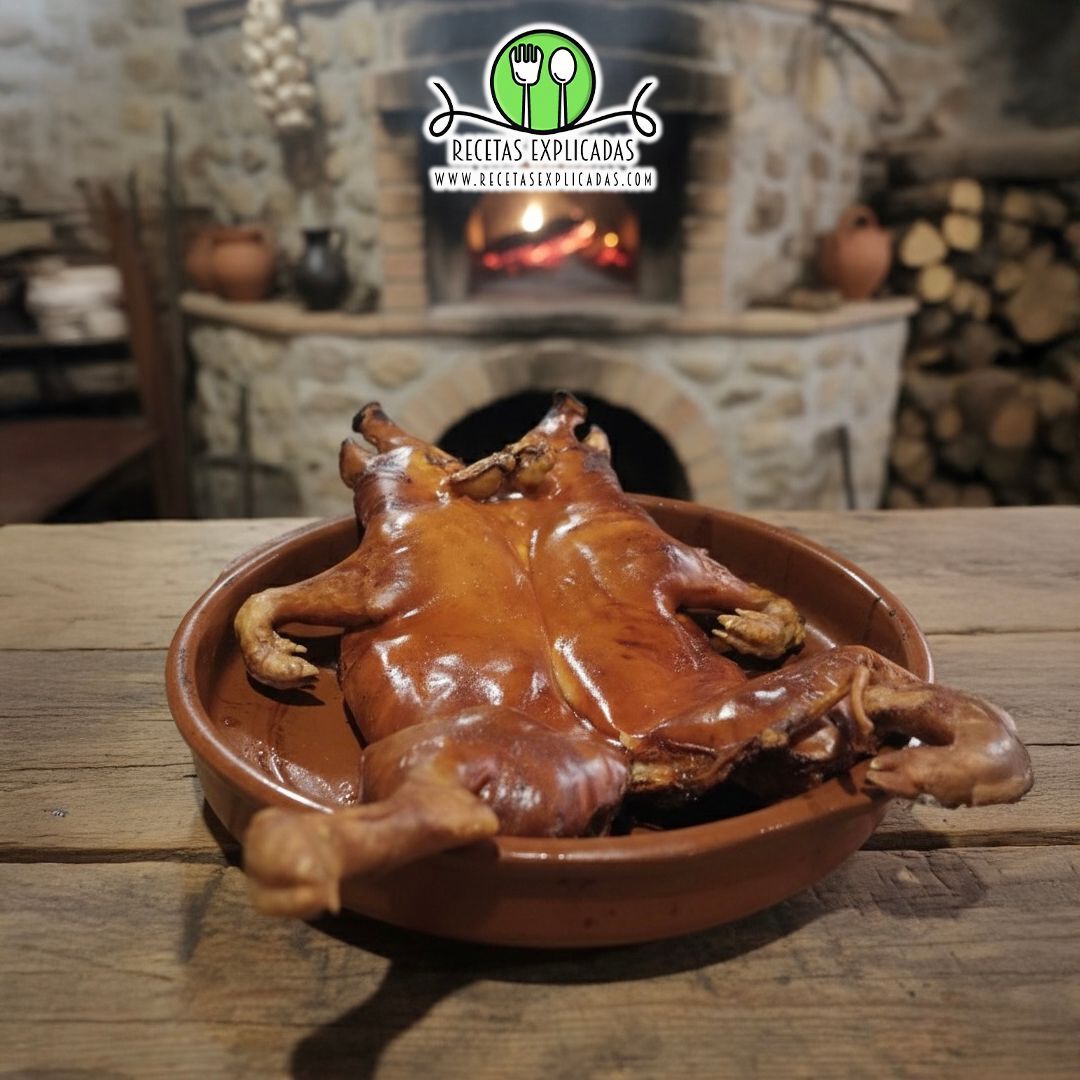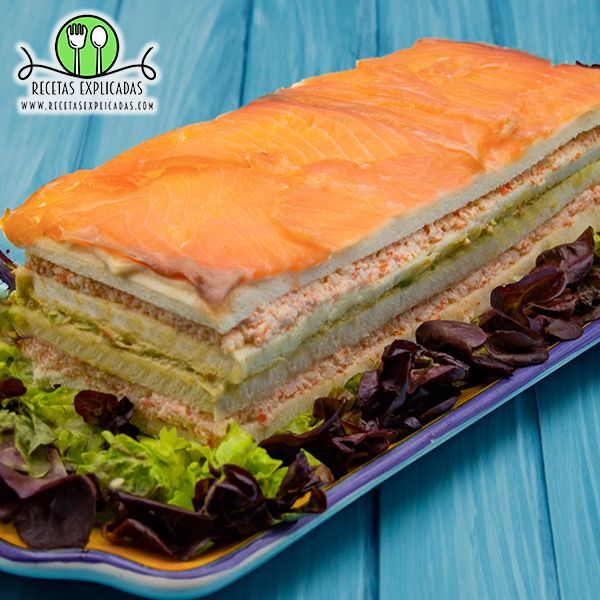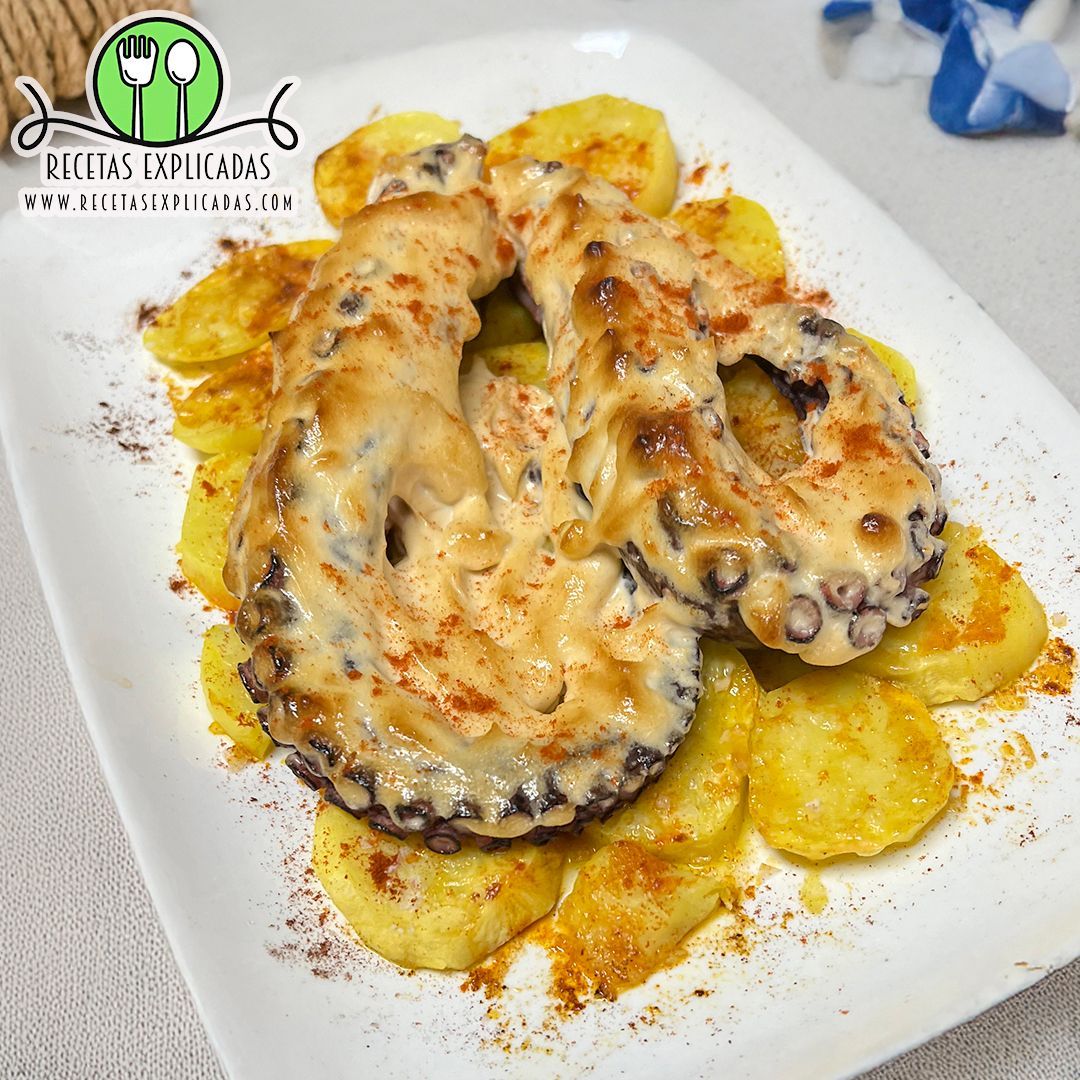Boletus: From Forest to Table - An Exploration of Types and Uses in Gastronomy
Boletus, also known as cepes, are a genus of mushrooms that arouse the admiration of chefs and gastronomy lovers around the world. With their firm flesh, soft texture, and earthy flavors, porcini are exceptional ingredients in the kitchen. In this article, we will explore the exciting world of boletus, from its different types to its prominent role in gastronomy.
Ticket types:
The genus Boletus comprises a wide variety of species throughout the world. Some of the most well-known and appreciated types include:
-Boletus edulis (Edible boletus): This is the king of the boletus and one of the most coveted mushrooms in the kitchen. Its flesh is white, firm and has a mild and pleasant flavor. It is used in a wide variety of culinary preparations, from risottos to grilled dishes.
-Boletus pinophilus (Pine boletus): This boletus is characterized by its light brown cap and soft flesh. It is prized for its flavor and is commonly used in stews, soups, and pasta dishes.
-Boletus aereus (Dark Boletus): With its dark brown cap and intense, slightly fruity flavor, the dark boletus is a favorite in Mediterranean cuisine. It lends itself especially well to sautéing and serving with fresh herbs.
-Boletus erythropus (Red-footed boletus): As its name suggests, this boletus is distinguished by its red foot. It tastes delicious and is used in a variety of dishes, from salads to egg dishes.

-Boletus reticulatus (Reticulated boletus): This boletus is characterized by its brown cap with a red mesh on top. Its meat is soft and is used in soups, sauces and stir-fried dishes.
Uses in Gastronomy:
Boletus are very versatile in the kitchen and can be used in various ways:
-Sauteed: Boletus are excellent when sautéed with garlic, parsley and butter. This preparation enhances its flavor and texture.
-Soups and stews: Adding boletus to soups and stews provides a deep flavor and a meaty texture that makes them irresistible.
-Risottos: Boletus, especially the edible boletus, are a classic ingredient in risottos. Its flavor combines wonderfully with rice and broth.
-Sauces: Boletus sauces are an exquisite accompaniment to grilled meats, such as beef steaks. Cream, wine and herbs enhance its flavor.
-Pasta dishes: Boletus mix perfectly with pasta, either in a creamy sauce or sautéed with olive oil and fresh herbs.
-Boletus are culinary treasures that offer a range of flavors and textures that make gastronomy exciting. Whether you collect them in the forest or purchase them at a market, boletus are a gift from nature that deserves a prominent place on your table. Experiment with these mushrooms in your kitchen and discover the delicious versatility they offer in a wide variety of dishes.
Ingredients:
- 1-2 clove of garlic.
- 3-4 chillies.
- Boletus.
- Extra virgin olive oil.
- Maldon salt or medium salt.
The first thing we are going to make is garlic and chilli oil. To do this, we peel the garlic cloves and chop them.
We put oil in a pan. Let it cover the bottom well because that oil is what we are going to use later to make the boletus.
Bring the oil to medium heat and add the chillies. We leave them like this for about 5 minutes.
After this time we put the heat on low and add the garlic. We leave them like this for about 10 minutes, being careful not to burn them so that they do not become bitter.
After this time, when the garlic has browned, strain the oil and return it to the pan. This oil will have a delicious garlic and chilli flavor but without the bitterness of garlic, and since we are going to cook such a good product, we are going to do it well.
We roll our boletus into slightly thick slices, we want to enjoy their meatiness in the mouth.
It is very important that the boletus are small, that they have not been opened because otherwise the flavor will change a lot. So the smaller and more closed the better they are.
We bring the pan to medium-high heat and do the boletus as if it were an entrecôte, round and round. First we put the sheets on one side and in about a minute or a minute and a half we turn them over so that they cook evenly.
Once this process is finished, we plate and salt with Maldon salt or medium salt.
TheBoletus and MagretofDuck: A Delicious Culinary Combination
Gastronomy is an art that gives us the opportunity to explore unique flavors and fuse ingredients that awaken our senses. On this occasion, we will immerse ourselves in the appetizing combination ofboletus and duck magret, two elements that, when combined, create an unforgettable culinary experience.
HemagretofduckIt is a cut of meat from the breast of the duck. Its juicy and tender meat, accompanied by a layer of crispy skin, is a delight for lovers of refined food. It is often grilled to highlight its natural flavor and create that pleasant combination of textures.
The meat ofmagretDuck is known for its intensity of flavor and its ability to accept different accompaniments and flavors. It is in this culinary synergy where harmony with boletus comes into play. The combination of the umami richness ofboletus and the distinctive character of the duck magret results in a unique gastronomic experience.
The fusion ofboletus and duck magretis a perfect example of how contrasting ingredients can complement each other. While the boletus add depth and earthy flavor, the duck magret adds elegance and richness to the dish. Preparing a risotto with porcini and grilled duck breast, as described above, is just one of the many ways these ingredients can be combined to create an exceptional culinary experience.
combiningboletus and duck magretIt is an example of how cooking can be an artistic manifestation in which flavors and textures come together to captivate our senses. This culinary duo invites us to explore new gastronomic horizons and enjoy the richness of nature in every bite.
Ingredients:
- 1 Selecto de Castilla duck magret
- 100 g of fresh or dried boletus from O Graneiro de Amelia(previously rehydrated)
- 2 cloves of garlic
- 1 medium onion
- Cooked broth (approximately 500 ml)
- Extra virgin olive oil
- Salt and pepper to taste
Instructions:
1. Start by preparing themagretduck: Make diagonal cuts in the skin of the magret without reaching the meat. Season with salt and pepper. Heat a nonstick skillet over medium-high heat and place themagretwith the skin facing down. Cook for about 6-8 minutes until the skin is crispy and golden. Turn themagretand cook for another 3-4 minutes for medium doneness. Then, remove it from the pan and let it rest before cutting it into thin slices. We reserve.
2. While themagret, prepare the rice: In a saucepan, heat a little olive oil and sauté the chopped garlic cloves and chopped onion until golden brown.
3. Add theboletusrehydrated and drained, and cook for a few minutes until tender. We reserve by draining the broth they generate to add it to the rice.
4. Add the rice to the saucepan with a splash of olive oil and the previous broth, and stir to infuse it with the flavors. Cook for a couple of minutes until the rice grains are slightly transparent.
5. Add the hot stew broth to the saucepan, little by little, while stirring. Cook over medium-low heat, stirring occasionally, until the rice is cooked and has absorbed most of the broth. This will take around 15-20 minutes.
6. Once the rice is cooked, adjust the seasoning with salt and pepper to taste.
7. Add the sauce with theboletusand mix well.
8. Place themagretover the saucepan to cool, add Maldon salt and let it rest, covered, for about 10 minutes.
9. Serve the rice on individual plates and place the grilled duck breast slices on the rice.
Ready! Enjoy your delicious meal of rice with boletus, and grilled duck magret.
Enjoy!
If you want to see more content like this onFacebookdon't forget to enterRecipes Explainedand give it a like, you can also follow us onInstagram @recetasexplicadayes
Author: Recipes Explained






